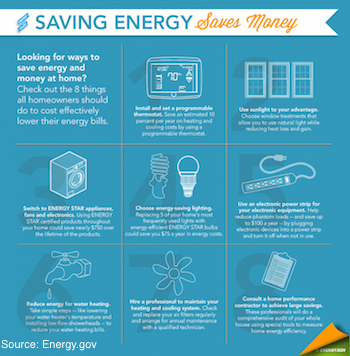Brrr! It’s been a cold winter on the Outer Banks. And while most residents welcome cooler weather and change of seasons, winter across the east coast has been a cold one this year. As a result, many homeowners are turning up the heat to stay warm.
Did you know that heating a home uses more energy and costs more money than any other system? According to the U.S. Department of Energy, heating typically accounts for about 42% of your utility bills. That can add up to a lot of money during the winter months, so here are some do-it-yourself ways to insulate your home during the winter months:
- Don’t make your furnace work so hard:
Taking care of your furnace means it will more easily take care of you! Make sure you have it inspected and tuned every year and change filters as often as recommended. Move rugs, drapes and furniture away from your return ducts as well as registers, baseboard heaters, and radiators, and keep them free of blockage. Buying a programmable thermostat allows for scheduling it lower for times when you are away from home or sleeping to conserve energy. Leave drapes open on sun-facing windows and closed at night to serve as a passive air control system. - How to Keep Cold Air Out:
Complete a thorough inspection of all the areas where cold air can get into your house and seal, caulk or insulate as needed. Check around the windows and doors, pipes, air vents, electrical outlets, and keyholes for possible air passages. If your windows are old or rotted, have them replaced with modern, better-insulated options. Older homes that were not properly insulated when built can benefit greatly from a thicker layer of fiberglass insulation or blown-insulation. These actions have the added benefit of keeping cooler air in and warm air out in the summer as well. - Install Ceiling Fans for Better Heat Distribution:
Remember that heat rises, while cold air sinks – down to where the people are, of course. We often think of ceiling fans as something that helps keep the air moving and cool in warmer temperatures, but if you can reverse the direction of the fan, it will help move warm air that has risen to ceiling level. Most ceiling fans have a small switch on the base that will change the direction of the blades from counter-clockwise to clockwise. This will push warm air downward that is trapped above and more evenly distribute heat in the room. - Plant A Tree! Energy-Efficient Landscaping:
Using trees and shrubs to form windbreaks can help keep the wind away from your home and provide a barrier for drifting snow. Check the prevailing wind direction in your community, and then plant a combination of shrubs, trees and evergreens with low crowns that will block the wind. You will need to leave an area of about 2-5 times the mature height of the plantings between them and your home.
These are just a few low-cost ways to insulate and conserve energy in the home during the cold winter months. Above all, stay safe and always make sure your house has a working carbon monoxide detector. If you are not sure of what your home needs, contact a local construction services company to recommend ways you can save money on your energy bills while minimizing environmental emissions.



